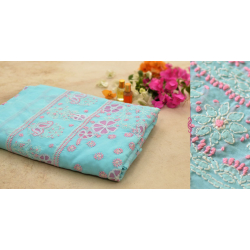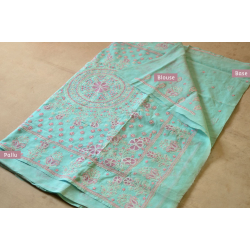नज़ाकत ✾ Chikankari . Cotton Sarees ✾ A
- Availability: Out Of Stock
- Made & Mkt by: Vividh By Fabrics Of India
- Product Code: 4027-G-LCS-01
- Weight: 350.00g
- Dimensions: 620.00cm x 112.00cm x 0.00cm
$135.99
Embroideries from a thoughtful needle pull strings of all hearts... subtle chikankari drapes to embrace you with their floral essence & Lucknowi Tehzeeb...
The typical dispatch time is 2-3 days; however, in special cases, it may take longer. Please refer to the product details section for specific timelines. Once dispatched, we will share the tracking details with you.
For returns, you can file a request within 24 hours of receiving the product. If the package is damaged, please make a video while unboxing and share images of the damaged item along with your return request.

The word Chikan or Chakin is of Persian origin meaning making delicate patterns on fabric. Inspired by Turkish embroidery Chikankari embroidery in its present form is believed to be introduced and flourished in India by Mughal empress Noorjehan in seventeenth century. Some designs and patterns from queen's own wardrobe, being popularly produced even today. Some of the first references of Chikan however can be found in the records of Megasthenes, a Greek traveler, who has mentioned the use of flowered muslins by Indians in the 3rd century B.C.

Chikankari is subtle embroidery, white on white, in which minute and delicate stitches stand out as textural contrasts, shadows and traceries. Some stitches are worked from the back and some from the front. In a unique Anokhi chikan, the stitches do not appear at the back. The patterns and effects depend on the stitches and the thicknesses of the threads used.

Chikankari work basically consists of a number of processes namely cutting, stitching, printing, embroidery, washing and finishing. After cutting and stitching the fabric, printing is done by using wooden blocks that are dipped in dye. This fabric is then embroidered. Traditionally, different artisan families practiced and perfected one type of stitch and it would therefore often take between three to four craftsmen to embroider a single garment.
The stitches in are divided into mainly three heads:
Flat stitches - Taipchi, Pashni, Bakhia, Dhoom
Embossed stitches - Murri, Pahanda
Jaali - Siddhaur, Bulbul

Frames are used to maintain the right tension of fabric and uniformity in the stitches. The embroidery is done on the printed designs. Different people specializing in different kinds of stitching contribute to the finished piece.
Washing is the last stage and is very important. After the garment goes through the preceding steps, it becomes so dirty that the finer flaws are not seen unless it is washed.

White thread is embroidered on cool, pastel shades of light muslin and cotton garments. Nowadays Chikan embroidery is also done with colored and silk threads in colors, to meet the fashion trends and keep the craft up-to-date. Lucknow is the heart of the Chikankari industry today and the variety is known as Lucknawi Chikan.
| Craftsmen | |
| Made by | Artisans working with Fabrics of india |
| Returns and Exchange | |
| Note | ♦ The items in this category are non refundable but you may exchange this product with any other product from the same category. ♦ The products in this category is handmade. ♦ The product is only eligible for a refund in the case of damage or defect. |
| Material | |
| Made of | Cotton |
| Instruction | |
| Note | ♦ These products are embroidered by hand and may have slight imperfections and variations & cannot be termed as defects, as these are intrinsic to the handmade process. ♦ These might slightly differ from as seen on digital screen. |
Long time ago, there was a king of Sindh, who like any other king, was fond of royal luxuries and used to sleep on a new bedspread everyday. One day, ..
$111.70
Long time ago, there was a king of Sindh, who like any other king, was fond of royal luxuries and used to sleep on a new bedspread everyday. One day, ..
$111.70
Long time ago, there was a king of Sindh, who like any other king, was fond of royal luxuries and used to sleep on a new bedspread everyday. One day, ..
$111.70
Long time ago, there was a king of Sindh, who like any other king, was fond of royal luxuries and used to sleep on a new bedspread everyday. One day, ..
$111.70
Long time ago, there was a king of Sindh, who like any other king, was fond of royal luxuries and used to sleep on a new bedspread everyday. One day, ..
$111.70
Long time ago, there was a king of Sindh, who like any other king, was fond of royal luxuries and used to sleep on a new bedspread everyday. One day, ..
$111.70
Long time ago, there was a king of Sindh, who like any other king, was fond of royal luxuries and used to sleep on a new bedspread everyday. One day, ..
$111.70
A familiar chatter swells in the air as feet chase the trail of a carelessly flying odhani in the by-lanes of Bhuj, spilling colors all over. While&nb..
$88.34
Music, they say, is the silence between two notes. The silence becomes even more omnipresent as it makes rare appearances between the constant sounds ..
$324.94
Long time ago, there was a king of Sindh, who like any other king, was fond of royal luxuries and used to sleep on a new bedspread everyday. One day, ..
$39.60
Some wandering rays of an aimless light, Carelessly slipped into my loom the previous night… Their whimsical sparks got woven away, Within the mortal ..
$19.39
Legend tells us that, centuries ago, in the stark landscape of Saurashtra, a shepherd man married a woman from the weaver community amidst great oppos..
$19.09
Indigo, spices, muslin and ivory – these were the items of luxury exported from India in the ancient times. Considered a noble craft, ivory ..
$25.39
The name "croche" comes from the French word "crochet", meaning small hook. In India it is right to say that with the arrival of the first batch of Nu..
$22.34
Gathering commences in the middle of deserted pavilions where velvet carpets adorn the Dessert lands & Manganiyars play folk music as a bugle for ..
$10.40 $20.82
Gathering commences in the middle of deserted pavilions where velvet carpets adorn the Dessert lands & Manganiyars play folk music as a bugle for ..
$10.40 $20.82
Gathering commences in the middle of deserted pavilions where velvet carpets adorn the Dessert lands & Manganiyars play folk music as a bugle for ..
$10.40 $20.82
Gathering commences in the middle of deserted pavilions where velvet carpets adorn the Dessert lands & Manganiyars play folk music as a bugle for ..
$10.40 $20.82
A familiar chatter swells in the air as feet chase the trail of a carelessly flying odhani in the by-lanes of Bhuj, spilling colors all over. While&nb..
$62.35 $69.29
A familiar chatter swells in the air as feet chase the trail of a carelessly flying odhani in the by-lanes of Bhuj, spilling colors all over. While&nb..
$189.07 $210.09
A familiar chatter swells in the air as feet chase the trail of a carelessly flying odhani in the by-lanes of Bhuj, spilling colors all over. While&nb..
$70.27 $78.09









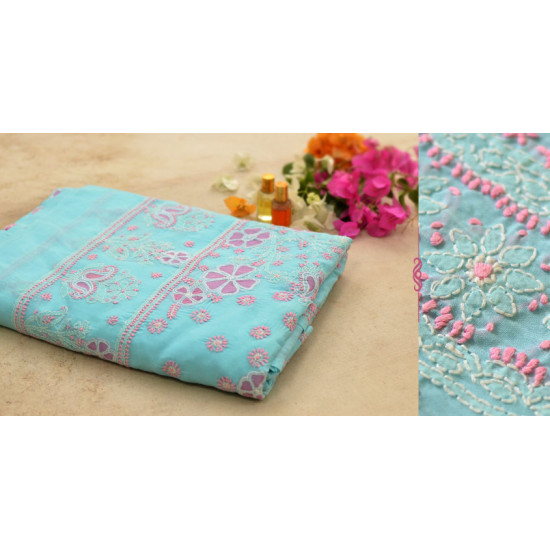

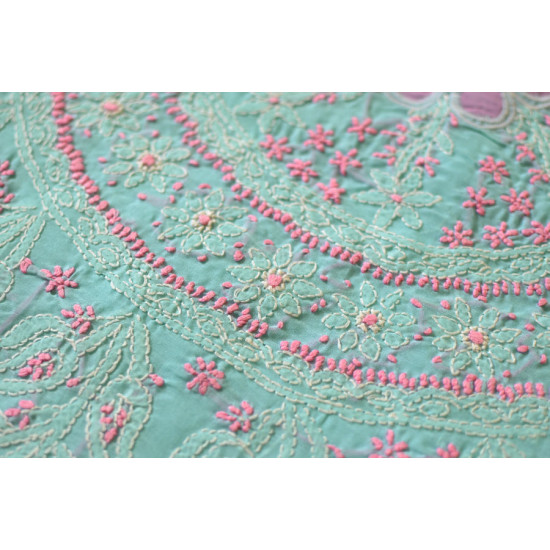
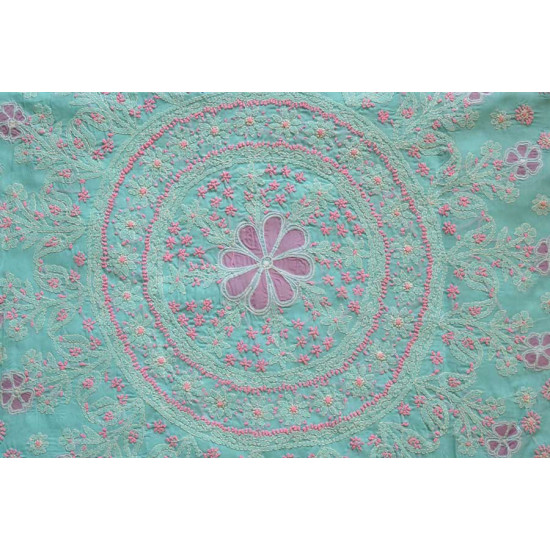
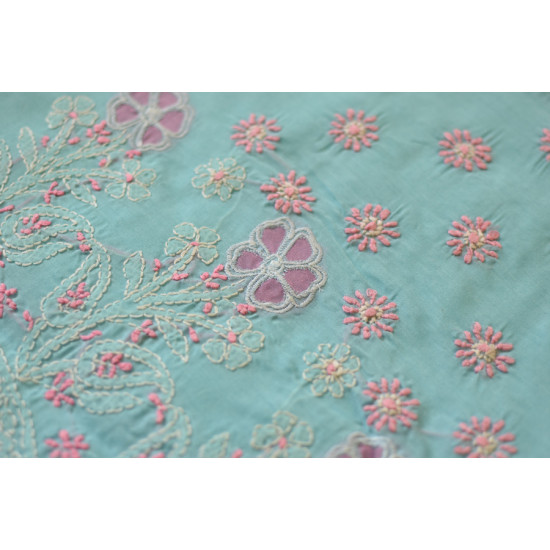
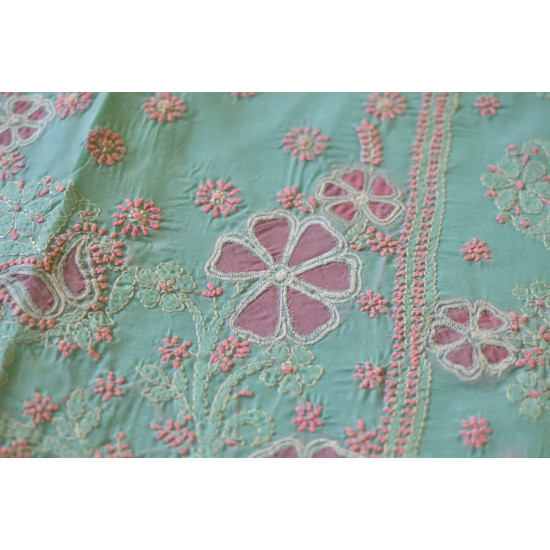
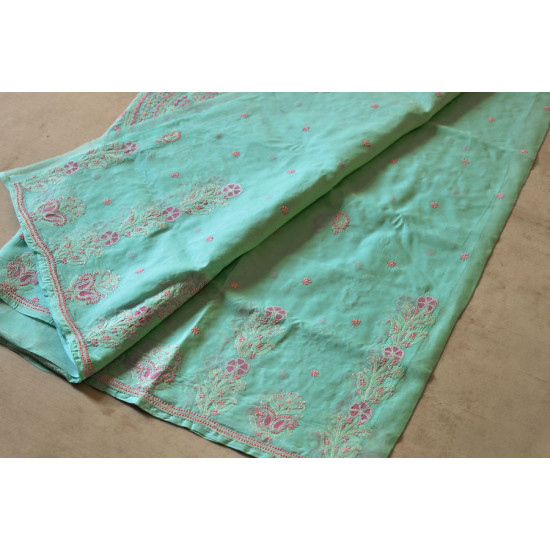








-225x150w.jpg)
-225x150w.jpg)
-225x150w.jpg)
-225x150w.jpg)
-225x150w.jpg)
-225x150w.jpg)
-225x150w.jpg)
-225x150w.jpg)
-225x150w.jpg)
-225x150w.jpg)
-225x150w.jpg)
-225x150w.jpg)
-225x150w.jpg)
-225x150w.jpg)


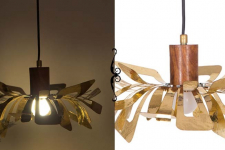
-225x150w.jpg)
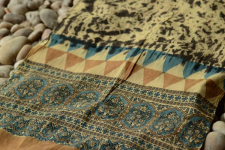
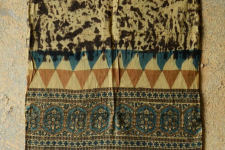
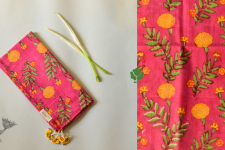
-225x150w.jpg)
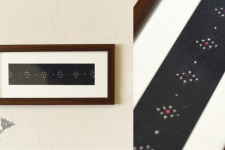
-225x150w.jpg)
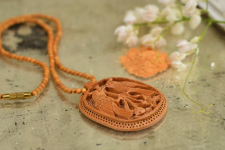

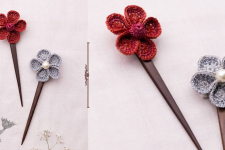
-225x150w.jpg)









-225x150w.jpg)

-225x150w.jpg)

-225x150w.jpg)
